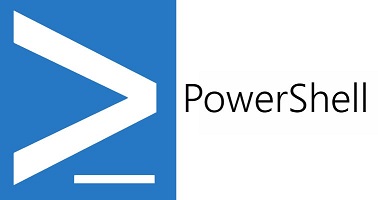PowerShell cmdlets are specialized commands in the PowerShell environment that enable administrators to interact with various technologies and systems, including Microsoft Windows, Active Directory, Exchange Server, and more. PowerShell cmdlets are typically used to automate administrative tasks and system management tasks.
Each cmdlet is a small, single-purpose command that performs a specific task, such as creating a user account, retrieving a list of installed software, or modifying a registry key. Cmdlets can accept input, process it, and produce output in the form of objects that can be further manipulated or piped to other cmdlets.
Cmdlets are designed to be easy to use and can be run in the PowerShell console or in PowerShell scripts. They follow a standardized naming convention, where the verb represents the action to be performed, and the noun represents the target of the action. For example, the cmdlet for creating a new user account in Active Directory is named New-ADUser.
Cmdlets are built using .NET Framework and can be extended using PowerShell modules. PowerShell modules provide a way to organize cmdlets and related resources, such as scripts, functions, and providers, into logical groups based on functionality or technology.
One of the major advantages of using PowerShell cmdlets is their consistency and predictability. Cmdlets follow a consistent syntax and return output in a standardized format, making them easy to learn and use. Additionally, cmdlets can be combined and piped together to perform complex tasks, enabling administrators to automate repetitive tasks and streamline their workflow.
PowerShell cmdlets are a powerful toolset for administrators to manage and automate administrative tasks across a variety of technologies and systems.
